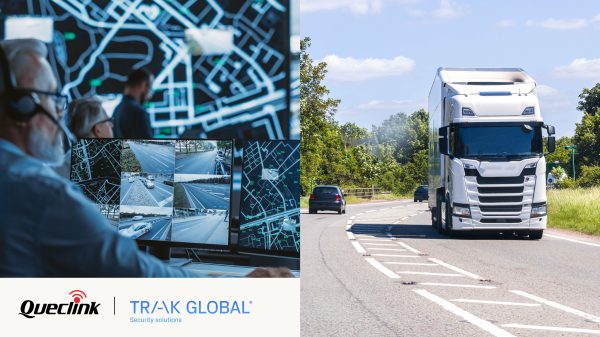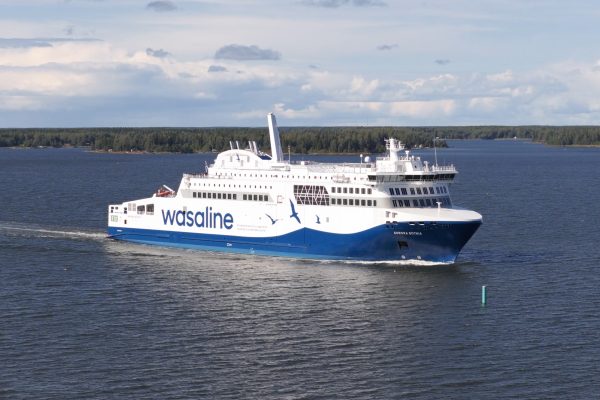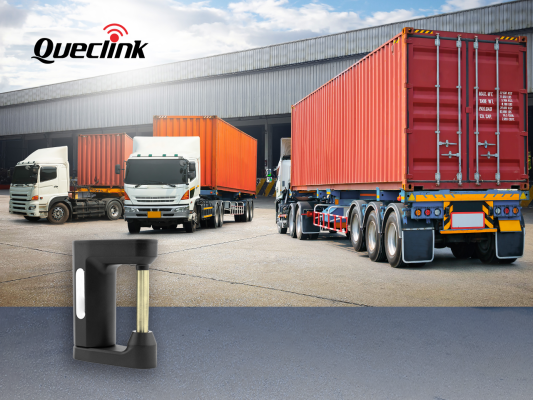Companies today face the challenge of making their supply chains both sustainable and resilient. At first glance, these goals seem to contradict each other. But with the right approach, they can reinforce each other, according to Bernhard Schmaldienst, Senior Director Transport Execution and Visibility Products, Transporeon.
On the one hand, regulatory requirements such as the EU Green Deal are increasing the pressure: overall, emissions in the transport sector are to be reduced by 90% by 2050 compared to 1990 – although they have increased by more than a quarter since then due to the rise in transport volumes in Europe. A full 70 per cent of emissions are attributable to road transport. At the same time, companies are defining ambitious sustainability targets and also expect their service providers to implement them, which is not least due to demand from end consumers.
On the other hand, cost efficiency and security of supply must remain guaranteed – despite the current ongoing disruptions to supply chains caused by geopolitical uncertainties such as the war in Ukraine or the conflict in the Middle East, fluctuating customs duties or an increase in extreme weather events, which are often caused by climate change.
When planning a supply chain, resilience and sustainability factors are often in conflict with each other. Redundancy supports the resilience of a supply chain, but not sustainability – for example, when products are shipped from East Asia to Europe in parallel by sea and air freight for safety reasons. The goal for the logistics industry is therefore to harmonise cost efficiency, stability, speed and sustainability.
Data as the key to solution
How can this conflict of interest be resolved? The key lies in digital transformation and the intelligent use of data. Companies should set the right digital course as early as possible: Map processes digitally; store data in a standardised way and maintain it accurately; check where AI agents are suitable in order to gain as much insight as possible from the collected data. The data can then be used intelligently to promote the factors of sustainability and resilience in parallel. One thing is clear: the more relevant data that ends up in the system, the better. For this reason, data-driven platform solutions offer users significant advantages, as not only their own data but also anonymized data from other users is used to continuously train and improve the AI models.
From small optimizations to strategic decisions
Even in the first step, measurable progress can be achieved through data-based optimisation: Avoiding empty runs, shortening transport routes and minimising waiting times for drivers – this saves CO2 and reduces costs. According to Eurostat, a fifth of all vehicle kilometres in road freight transport at EU level were still covered by empty vehicles in 2023 (21.8%). At the same time, data can be collected on energy and fuel consumption, routing, the load factor, empty kilometres and the actual payload. Because only those who know where emissions occur can reduce them effectively. This data is also valuable for fulfilling reporting obligations.
In the second step, AI-supported real-time visibility makes it possible to predict simple deviations and even real disruptions along the entire supply chain, thereby increasing resilience: thanks to real-time data from truck telematics systems or transport management systems, combined with historical traffic data, AI can not only recognise patterns, predict delays and accurately calculate journey times, but also trigger appropriate corrective and proactive measures. This works on a regional level as well as for global flows of goods.
The possibilities go even further: using the database, AI can start earlier and test the resilience of a supply chain in advance. If it recognises potential disruptions, it proactively suggests alternatives – before an interruption occurs. This results in intelligent risk management that relies on tested alternative routes: in the example above, for instance, alternative shipping routes combined with road transport, rail connections or smart combinations of sea and air freight. This means they can dispense with redundant, expensive and less sustainable emergency solutions – because they know cost-effective and sustainable alternatives.
A data-driven future
Sustainability and resilience are not mutually exclusive – on the contrary: those who plan intelligently today, utilise digital technologies and work consistently in a data-driven manner can combine both goals successfully. The key lies in transparency, networking and proactive management. Companies that embark on this path at an early stage not only secure a competitive advantage, but also actively shape a sustainable, crisis-proof and climate-friendly supply chain. The next step? Using AI not just for optimisation, but for genuine strategic decision support and automation – for logistics that not only reacts, but thinks ahead.



